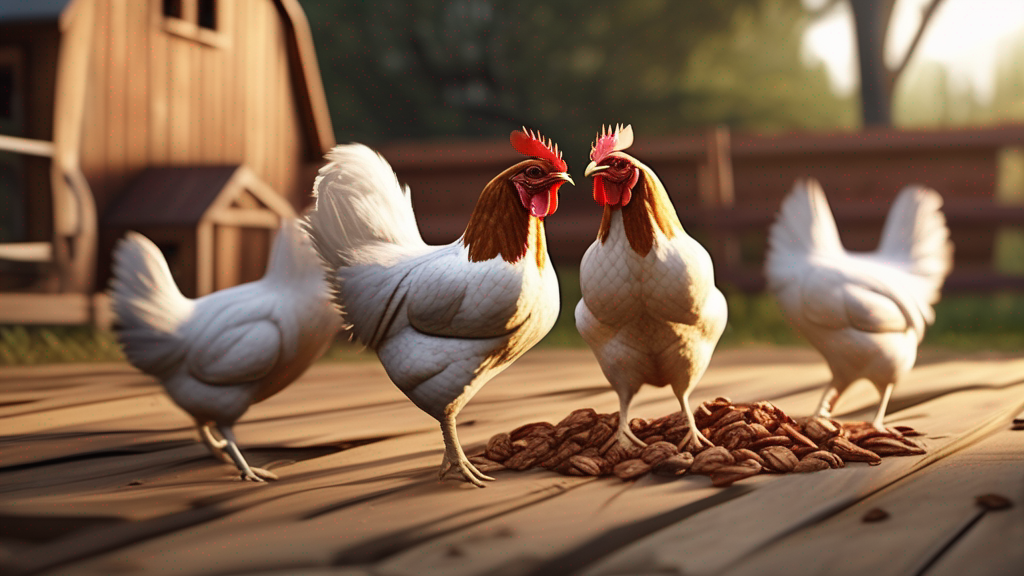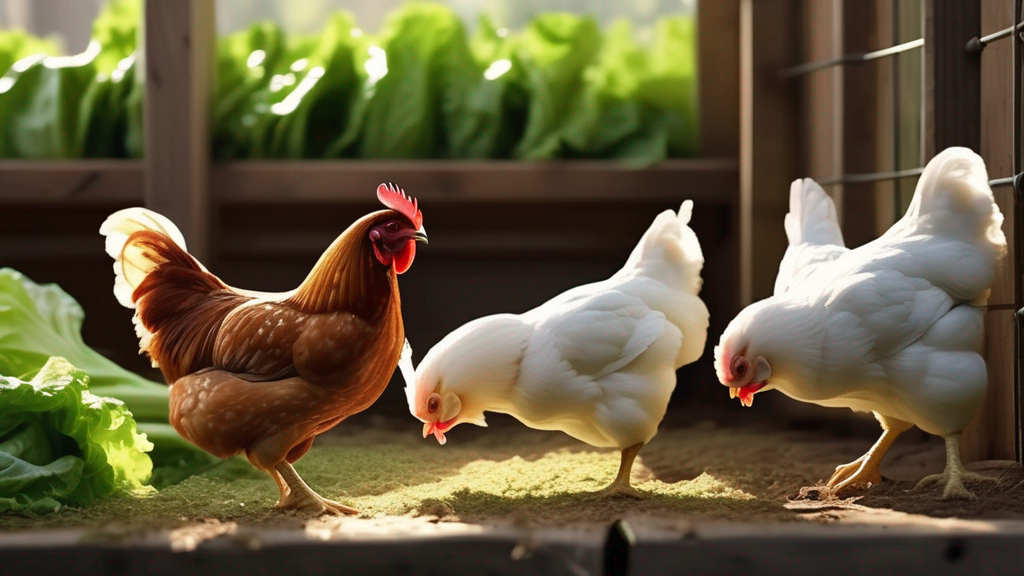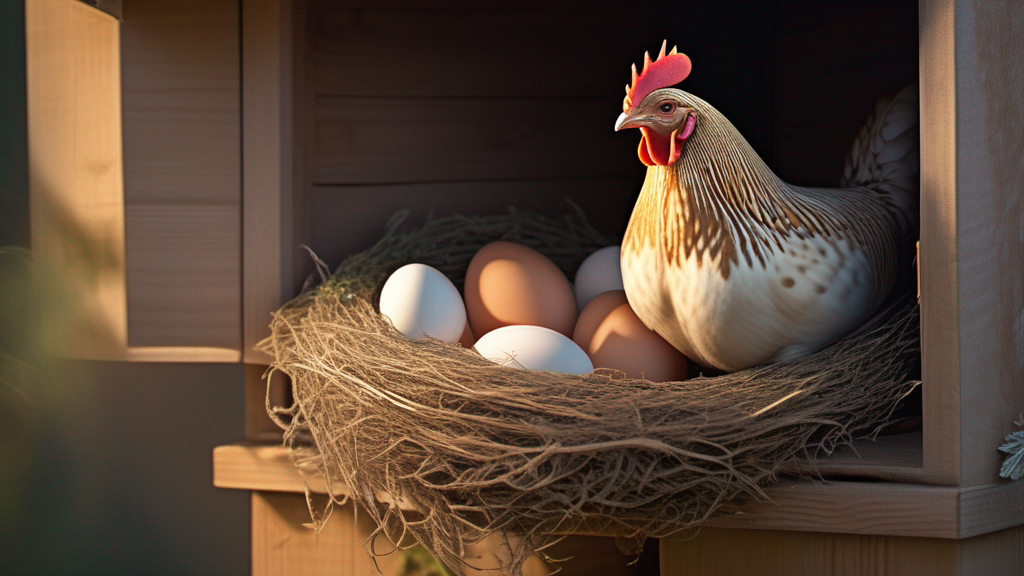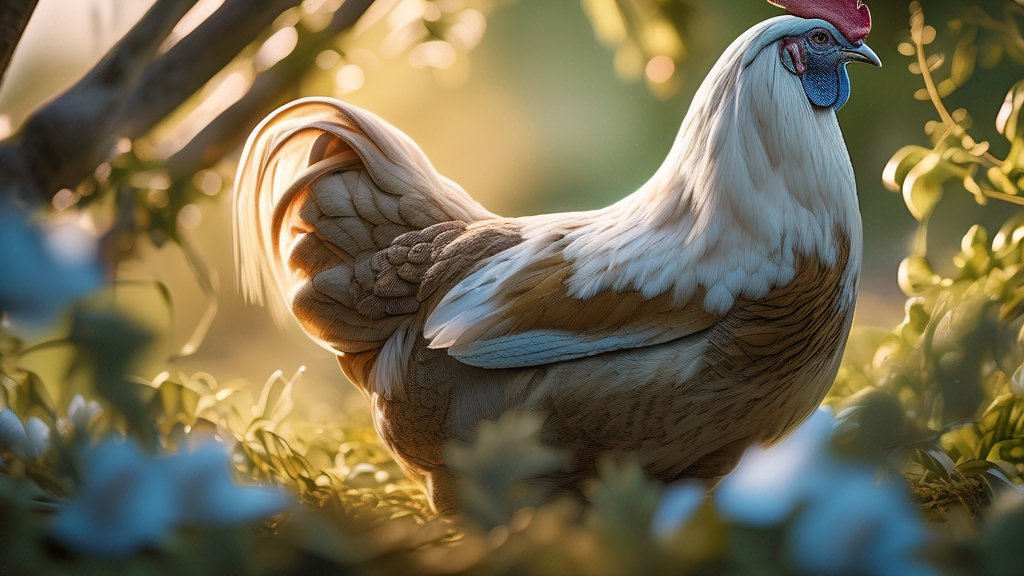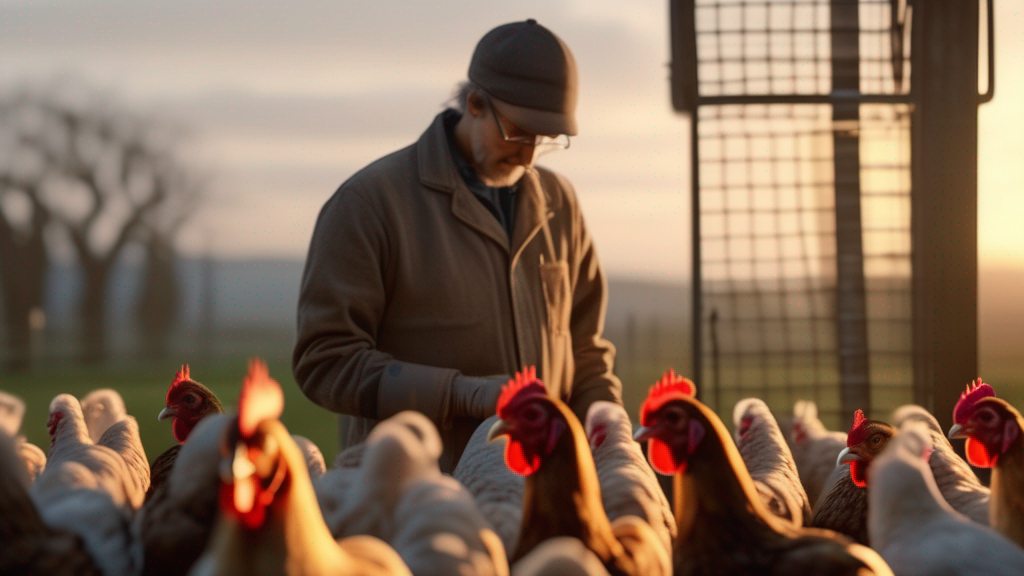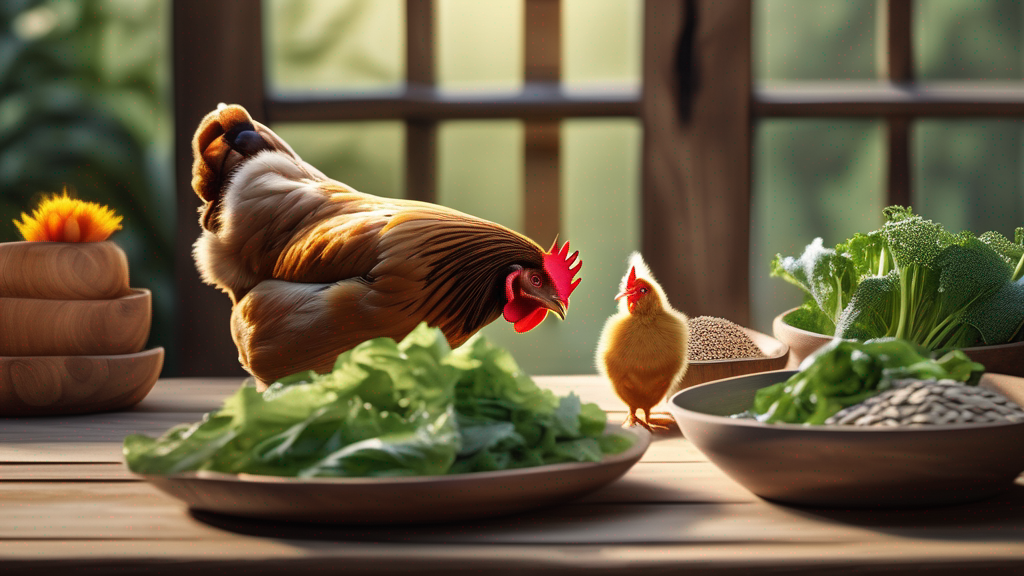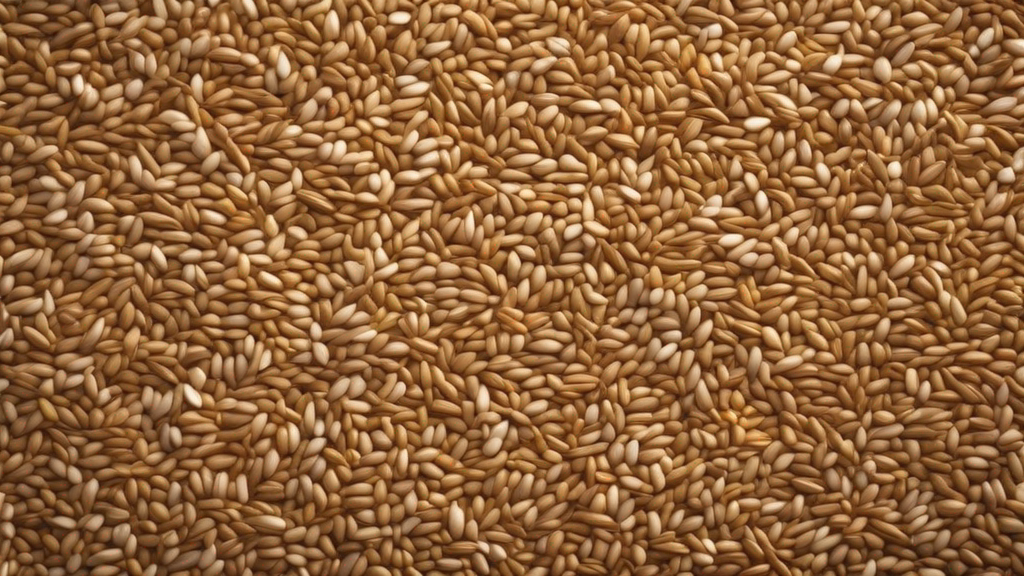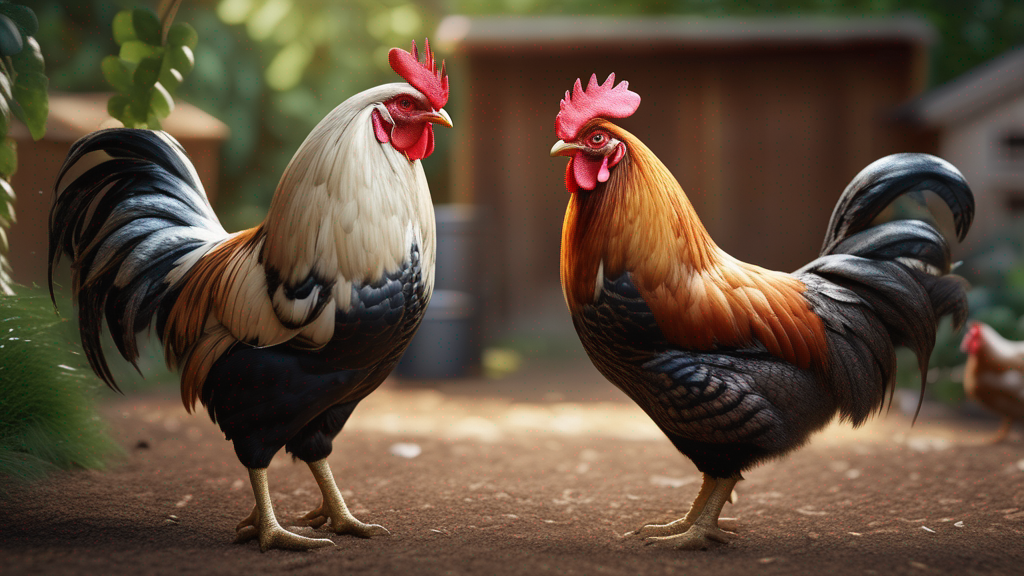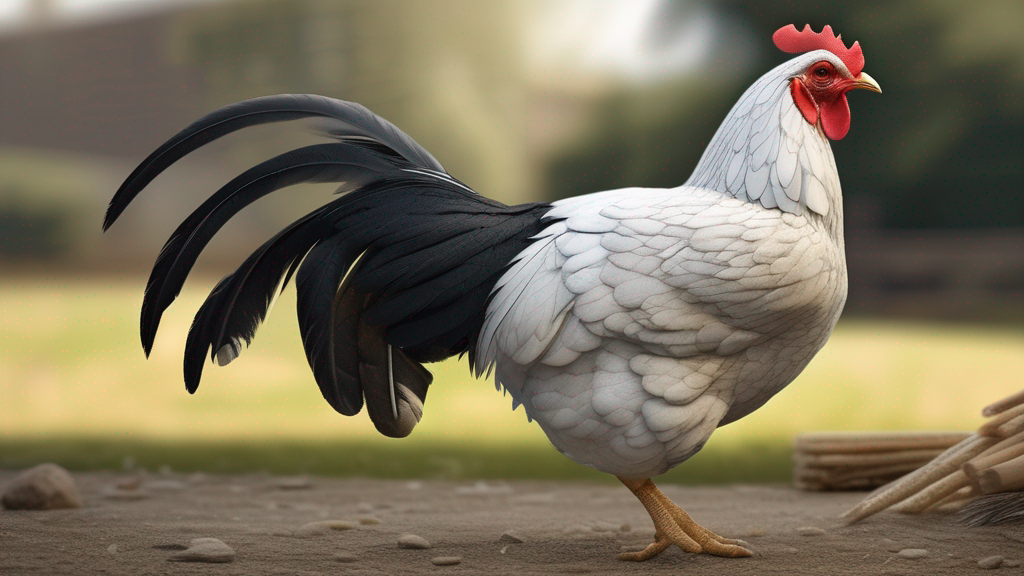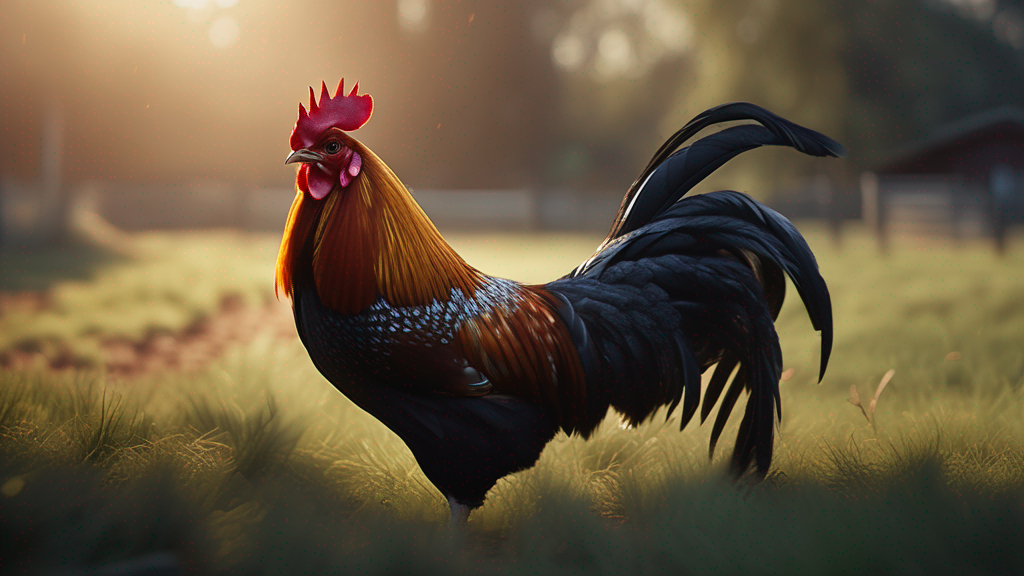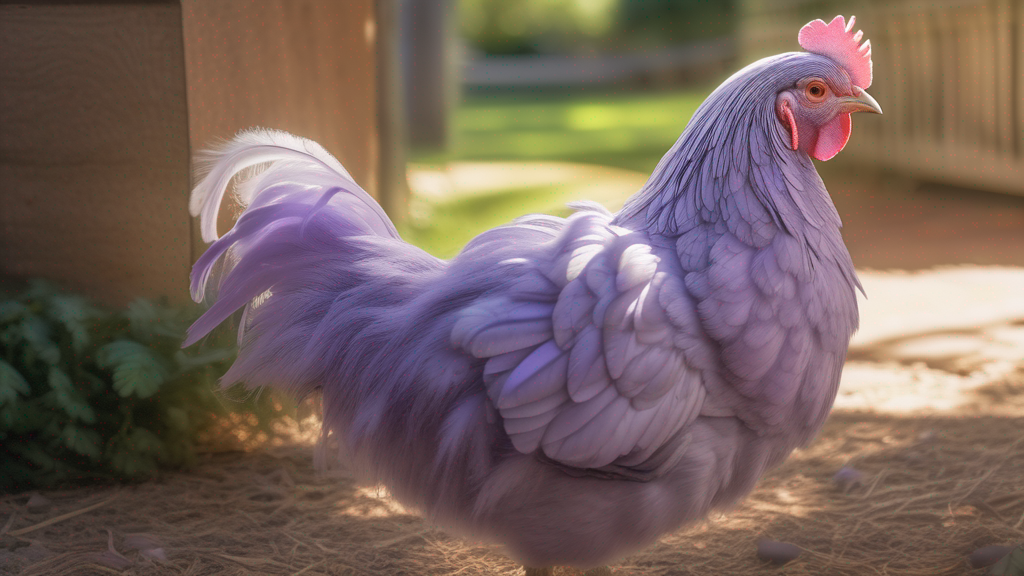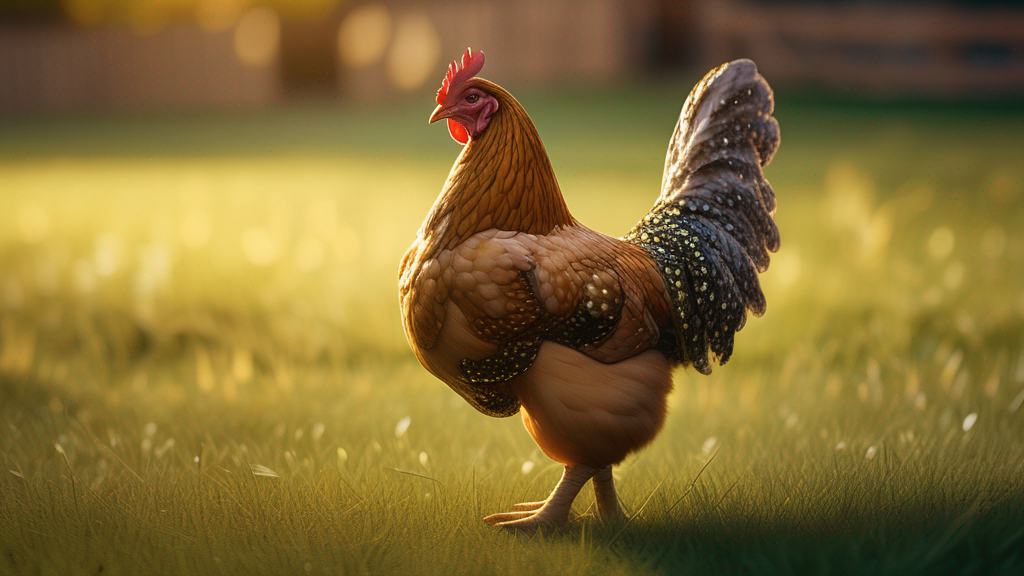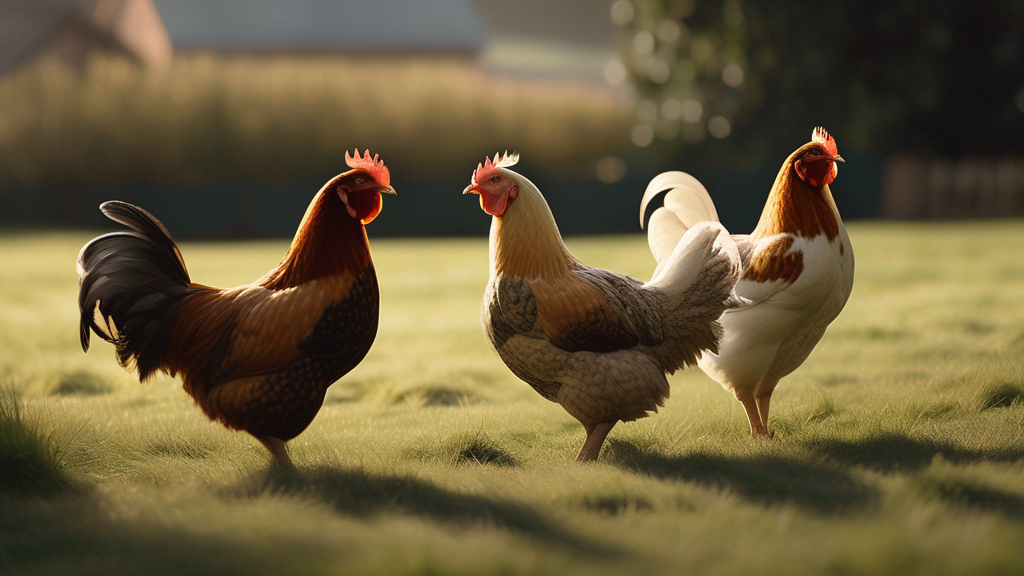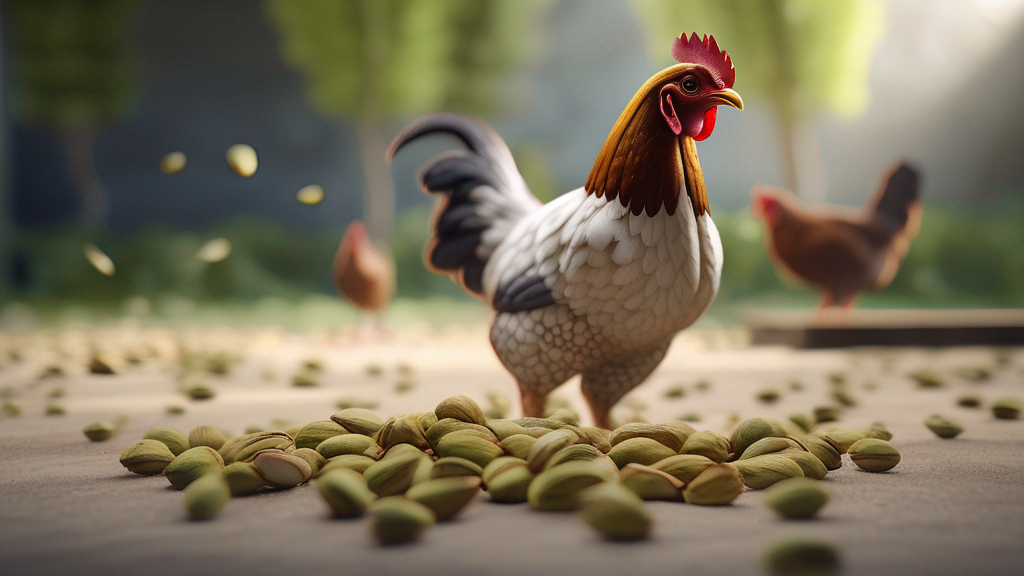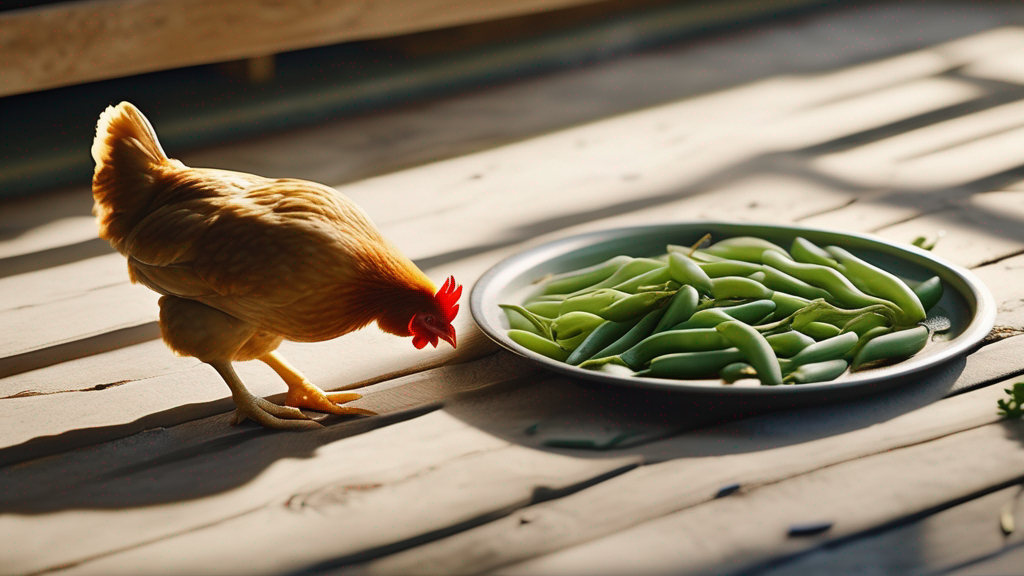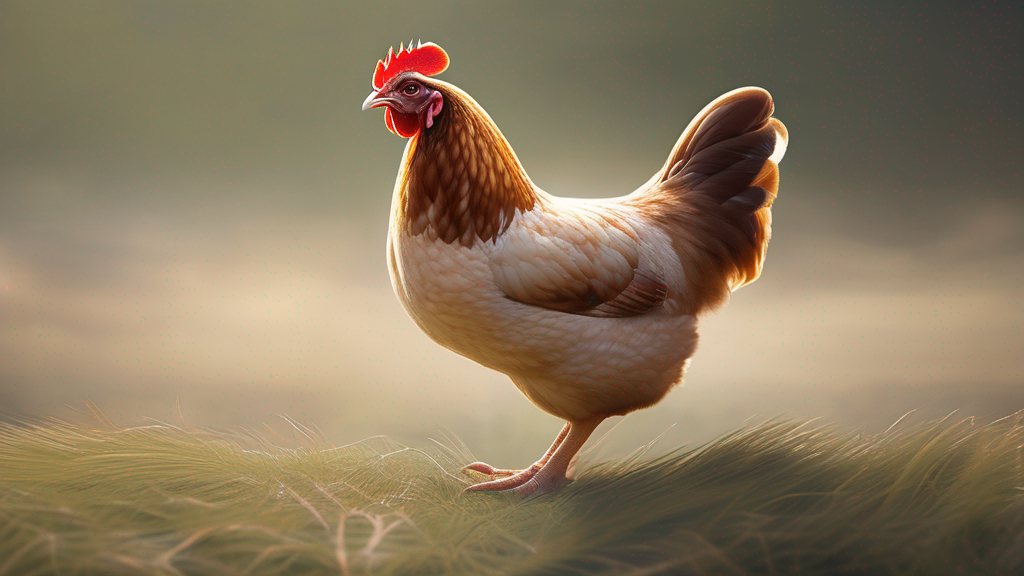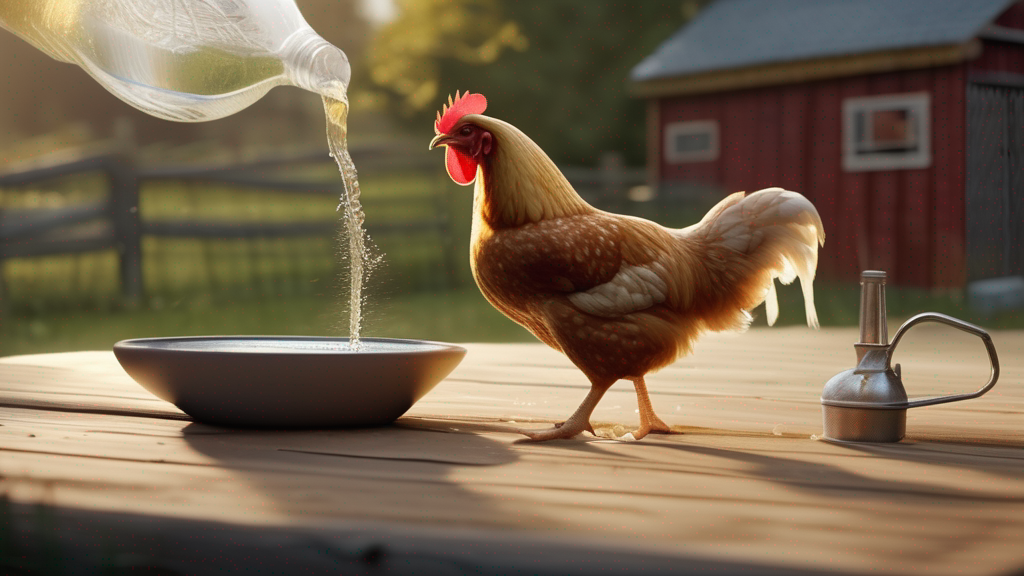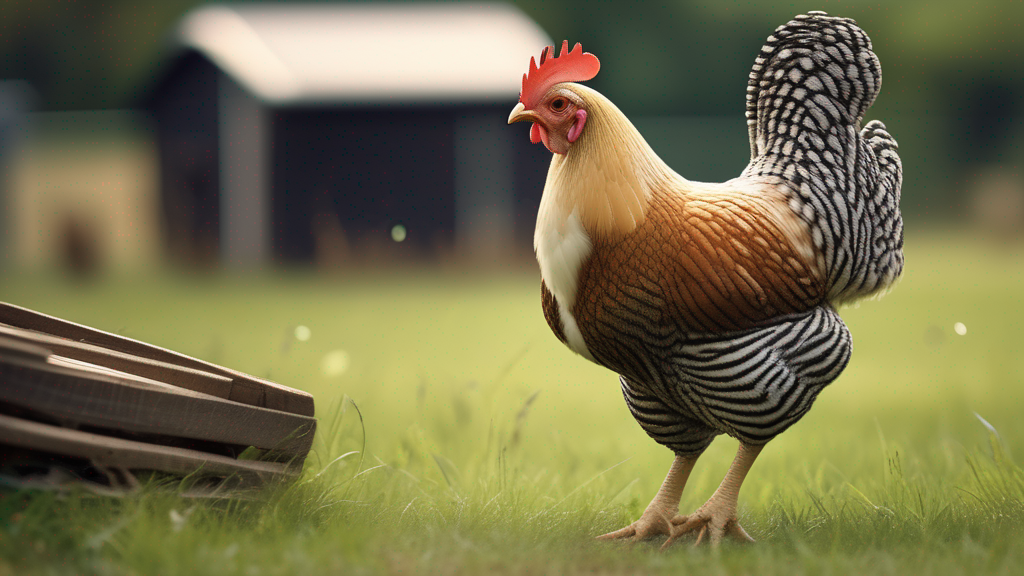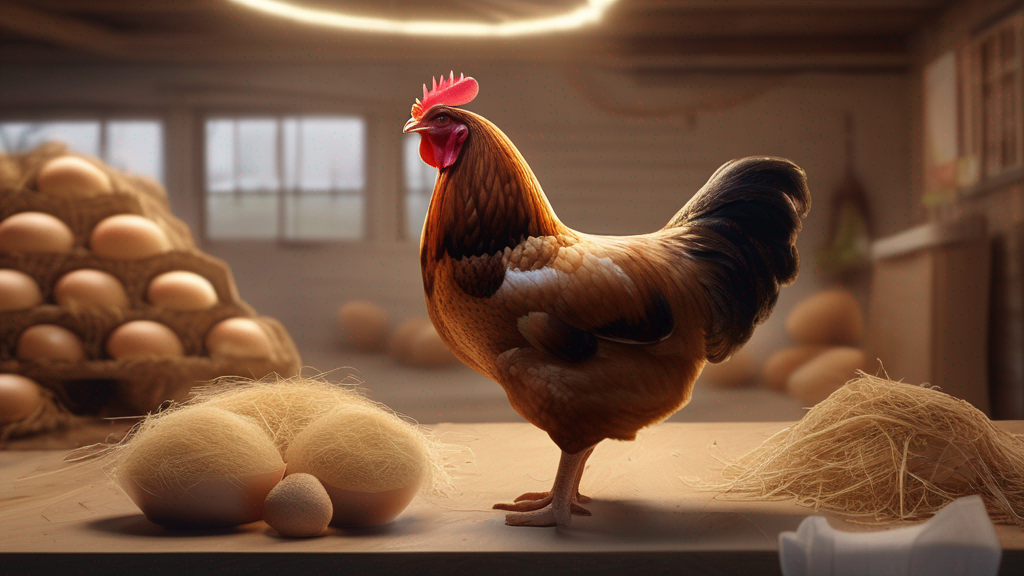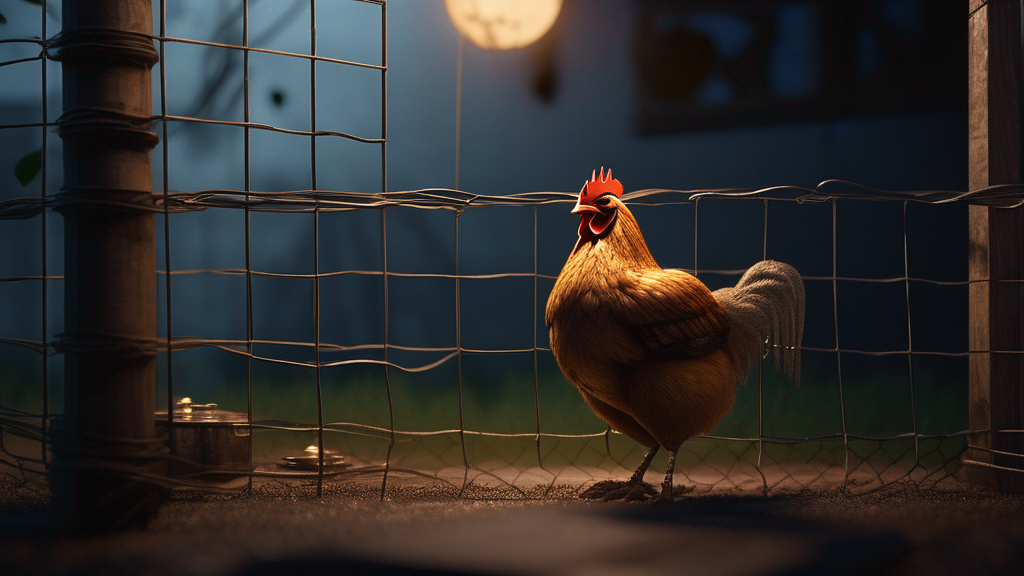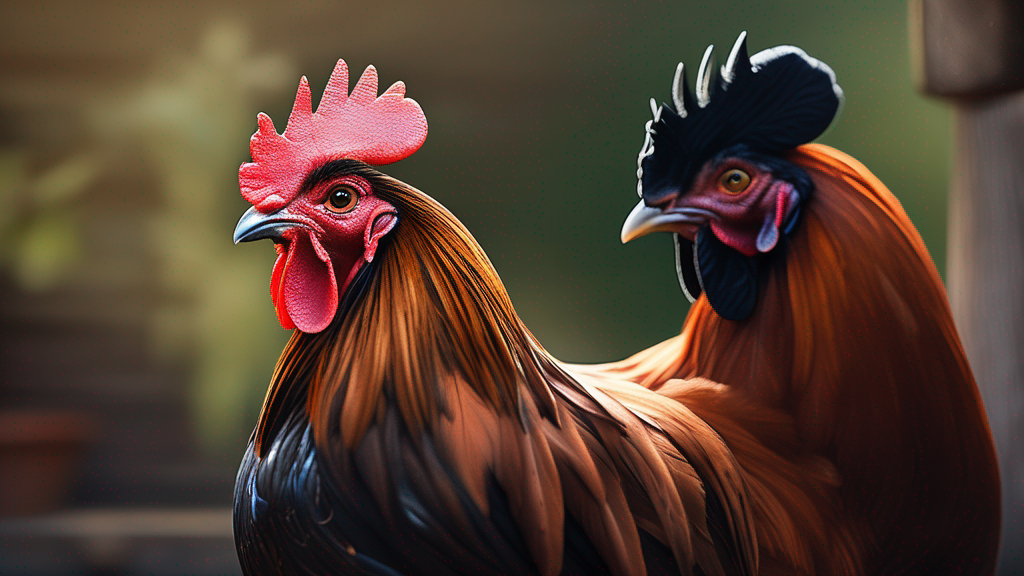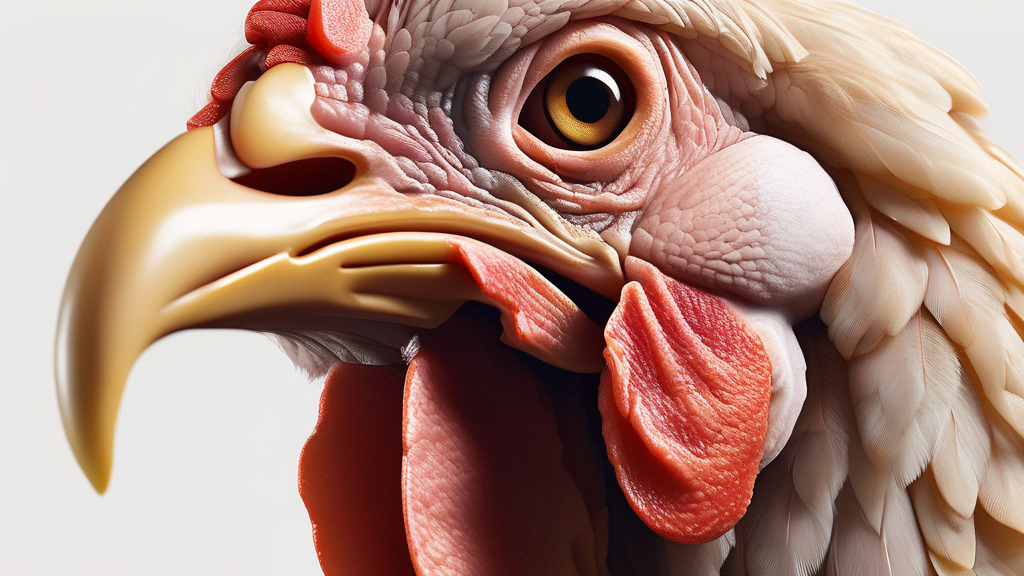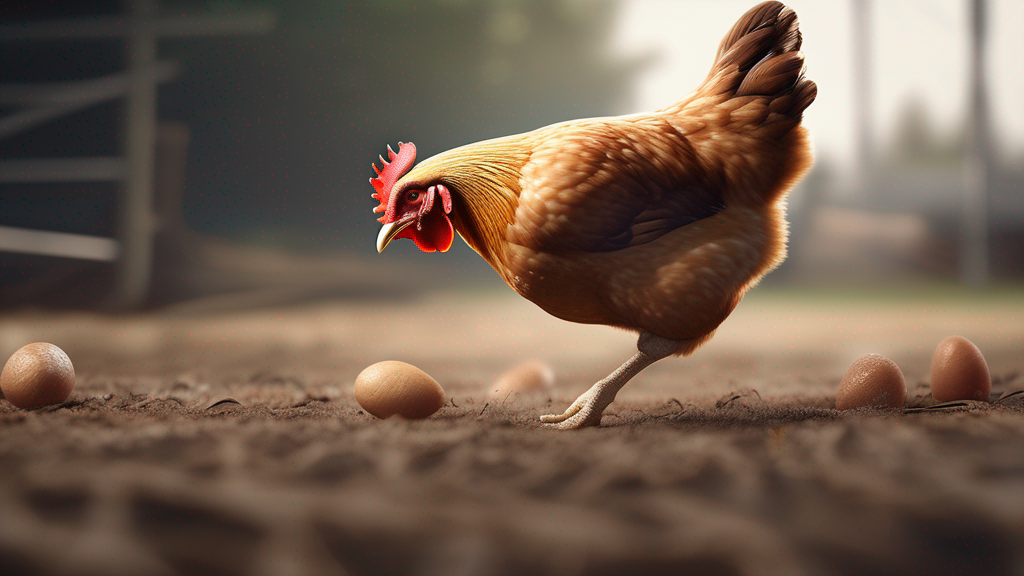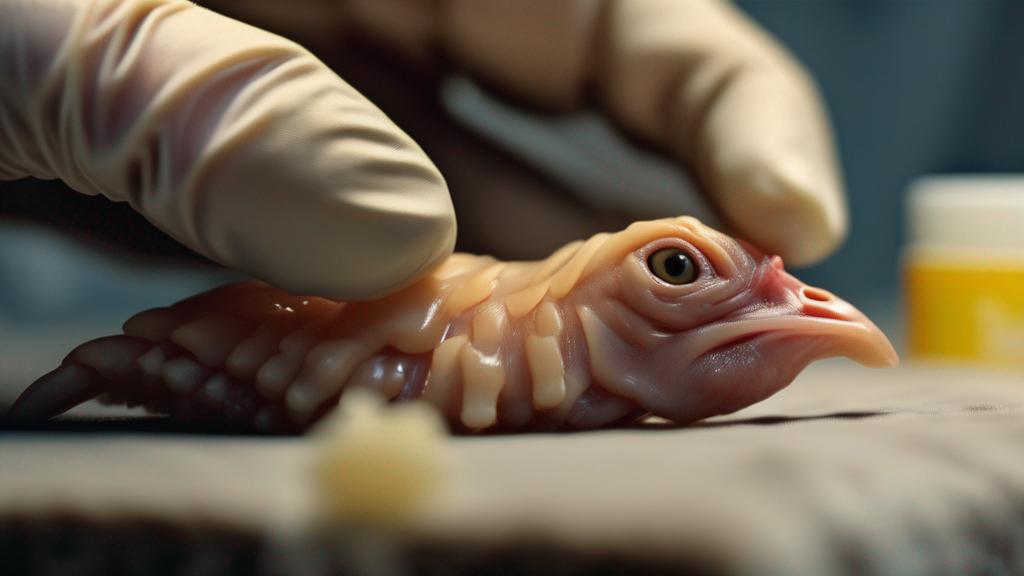Raccoons are one of the most common and persistent predators of backyard poultry. Their dexterity, intelligence, and nocturnal habits make them formidable threats to chicken coops. Understanding raccoon behavior, securing your environment, and knowing how to respond if an attack occurs are essential for every chicken keeper. This comprehensive guide covers causes of vulnerability, prevention strategies, coop design considerations, early warning signs, emergency response, recovery, and long-term management to keep your flock safe and healthy.
Why Raccoons Target Chickens
Raccoons (Procyon lotor) are opportunistic omnivores with flexible diets. They are attracted to chicken coops for several reasons:
- High-Calorie Meal: Eggs and chickens provide rich protein and fat, especially valuable for raccoons preparing for winter or sustaining litters.
- Nocturnal Activity: Raccoons are primarily active at night, when chickens are often confined and vulnerable in coops.
- Agility and Dexterity: Their nimble paws allow them to open latches, unlatch doors, manipulate locks, and reach through wire to grab birds.
- Intelligence and Memory: Raccoons can learn from experience, revisit successful raids, and remember weaknesses in coop design.
- Habitat Overlap: Many backyard flocks are located near wooded areas, water sources, or trash bins, common raccoon habitats.
Because of their adaptability and persistence, raccoons often test multiple approaches over nights until they find a way in. A single breach can result in multiple losses and traumatized survivors.
Signs of Raccoon Activity Around Your Coop
Early detection helps intervene before catastrophic losses. Look for these indicators:
- Tracks and Footprints: Raccoon prints resemble small human handprints—five “finger” marks around a palm-shaped pad. Muddy or soft ground near coop can reveal tracks.
- Scattered Bedding or Feed: Evidence of rummaging, torn bedding, scattered feed or spilled water dishes indicates nighttime disturbance.
- Broken Eggshells: Shattered eggs on the ground or in nesting boxes may signal raccoons reaching inside or pecking entry.
- Partially Eaten Birds: Characteristic injuries include missing heads or legs, partially consumed carcasses left in or near the coop.
- Raccoon Droppings: May contain feathers, eggshell fragments, or chicken remains. Droppings near coop or common raccoon paths can indicate presence.
- Noises at Dusk/Dawn: Scratching, thumping, or vocalizations near coop during twilight hours may signal raccoons checking for entry points.
- Damage to Structures: Gnawed wood, bent wire, loosened latches, or footprints up walls suggest testing for weak spots.
Key Vulnerabilities in Chicken Housing
Understanding how raccoons exploit weaknesses helps prioritize improvements. Common vulnerabilities include:
- Weak or Easily Manipulated Latches: Simple sliding bolts or unprotected door handles can be opened by raccoons’ dexterous paws.
- Coop Openings and Vents: Gaps around doors, unsecured vents, or poorly fitted panels allow raccoons to reach inside or widen openings.
- Wire Mesh with Large Gaps: Wide-gauge hardware cloth (e.g., chicken wire) may allow raccoons to reach paws in and pull birds out.
- Unprotected Run Ceilings: Raccoons can climb walls or adjacent structures and enter from above if the run is not fully enclosed on top.
- Ground-Level Weak Points: Loose boards at the base of the coop or run allow raccoons to pry open or dig beneath to reach inside.
- Lack of Lighting or Motion Sensors: Dark areas around coop at night give raccoons cover; absence of deterrents allows undetected approaches.
- Food Attractants Nearby: Accessible feed bins, compost piles, or unsecured garbage cans can draw raccoons close to coop repeatedly.
Designing a Raccoon-Proof Coop and Run
A well-designed coop and run is the foundation of protection. Key principles include physical barriers, secure latches, and environmental deterrents.
1. Secure Hardware Cloth vs. Chicken Wire
Use hardware cloth with small openings (≤1/2 inch) rather than chicken wire. Hardware cloth resists paws reaching through and is harder to tear or bend. Apply hardware cloth to all sides of run and coop openings, including vents and windows.
2. Reinforced Doors and Latches
- Raccoon-Proof Latches: Use carabiner-style clips, spring-loaded clips, or locks that require multiple simultaneous actions to open. Slide bolts that lift up to slide can be challenging for raccoons.
- Multiple Latch Points: Secure doors at top and bottom so raccoons cannot push or pry from one point to twist open the other side.
- Padlocks or Combination Locks: In high-risk areas, use small padlocks or combination locks. Ensure humans can operate quickly but raccoons cannot manipulate.
3. Fully Enclosed Run Top and Ground Barrier
- Roof Protection: Enclose run with hardware cloth overhead or sturdy netting. Prevent raccoons from dropping in or climbing over adjacent structures.
- Underground Barrier: Bury hardware cloth or mesh at least 12–18 inches deep around the perimeter of run to prevent digging under. Alternatively, attach mesh at ground level and bend outward into an “L” shape to deter digging animals.
4. Solid Foundations and Walls
Construct coop walls with solid materials (plywood, treated lumber) backed by hardware cloth. Avoid gaps between boards; seal cracks and inspect regularly for deterioration. Elevate coop slightly to prevent ground moisture, but ensure the base is enclosed so raccoons cannot squeeze underneath.
5. Eliminate Nearby Climbing Aids
Trim tree branches, remove stacked objects (ladders, pallets, rails) near coop that raccoons could use as access points. Maintain a clear zone around the coop and run so raccoons must traverse open ground, where deterrents or detection are more effective.
6. Lighting and Motion Deterrents
- Motion-Activated Lights: Bright lights triggered by movement can startle raccoons and discourage repeated approaches. Position lights to illuminate coop entry points and run perimeter.
- Audible Deterrents: Motion-activated alarms or radios playing intermittently can create unpredictable disturbances that raccoons avoid over time.
- Reflective Surfaces: Hanging reflective objects (e.g., old CDs, reflective tape) around the coop can disorient nocturnal animals when light glints off surfaces.
7. Secure Feed and Water Sources
Store feed in heavy-duty metal or raccoon-proof containers away from the coop. Avoid leaving feed accessible at night; consider timed feeders or locking containers within the coop. Clean up spilled grain promptly. Waterers should be inside the secure coop or run to avoid attracting raccoons close to entry points.
Deterrents and Preventive Measures Beyond Structure
In addition to physical barriers, other strategies can reduce raccoon pressure:
Regular Cleaning and Inspection
Clean coop and run often to remove odors that attract raccoons. Inspect all structural elements weekly (or after storms) for damage, loose wires, or potential footholds. Early repairs prevent exploitation.
Sensory Deterrents
- Predator Scents: Some keepers use predator urine (e.g., from coyotes) around coop perimeter; effectiveness can vary and may require frequent reapplication.
- Commercial Repellents: Sprays or granules intended to deter raccoons can be applied around the perimeter. Always choose non-toxic formulations safe for poultry and pets.
- Ultrasonic Devices: Devices emitting high-frequency sounds may deter raccoons, but efficacy is inconsistent and animals can habituate.
Guard Animals
Some homesteads employ guardian animals, such as dogs trained to patrol or livestock guardian dogs, which can deter raccoons through presence and alerting behavior. However, ensure guardian animals are safe with flocks and do not introduce new stressors.
Routine Human Activity
Frequent human presence and activity around coop can discourage nocturnal predators. Checking on birds at dusk or dawn, maintaining lights, and moving around the area makes raccoons wary of repeated intrusion.
Emergency Response to a Raccoon Attack
Despite precautions, attacks may still occur. Quick response can save survivors and prevent further loss:
Immediate Actions After Discovery
- Ensure Personal Safety: Do not confront a raccoon directly; they may carry diseases (rabies) and can be aggressive if cornered.
- Inspect Remaining Birds: Gently gather survivors into a secure location. Check for injuries: wounds, bleeding, shock. Move them to a warm, quiet area for assessment.
- Secure the Coop: Identify and temporarily block the entry point used by raccoon. Use temporary materials (boards, heavy objects) until permanent repair is possible.
- Assess Damage: Note extent of structural breach, open areas, and possible secondary vulnerabilities.
- Call for Veterinary Care: Injured birds may require immediate attention: deep wounds often need cleaning, antibiotics, pain management, and supportive care. Work with an avian or poultry veterinarian promptly.
Handling Injured Chickens
- Wound Cleaning: Clean minor wounds with warm saline solution or antiseptic recommended by a vet. Remove debris, trim torn skin if necessary, and apply appropriate topical antibiotic as advised.
- Triage Serious Injuries: Deep bites can cause infection; birds may go into shock. Provide heat (warmth), fluid support (electrolyte solution), and isolation to reduce stress and risk of pecking by flockmates.
- Monitor for Infection: Watch for signs of infection: swelling, redness, foul odor, lethargy. Administer prescribed antibiotics. Follow up with vet if condition worsens.
- Supportive Care: Ensure easy access to feed and water. Provide high-protein and high-calorie feed if bird is stressed or recovering. Keep the environment quiet and warm.
- Decision on Euthanasia: In cases of severe injuries where recovery is unlikely or suffering is prolonged, humane euthanasia may be the kindest option. Consult a veterinarian for guidance.
Evaluating Survivors’ Stress and Behavior
Even uninjured birds can suffer trauma after witnessing an attack. Signs of stress include decreased appetite, hiding, aggression, or pacing. Provide extra resources:
- Separate or Quiet Area: Temporarily house traumatized birds in a calm, enclosed space within the coop or a separate pen so they feel secure.
- Gradual Reintroduction: When returning to the main flock, monitor interactions; bullied or fearful birds may need further separation to recover confidence.
- Environmental Enrichment: Add perches, hiding spots (covered areas) inside coop so birds can roost off the ground and feel safe.
Long-Term Recovery and Prevention Reinforcement
After an attack, reinforcing prevention measures is critical to avoid repeat incidents:
- Permanent Repairs: Replace or reinforce damaged sections with stronger materials (heavier gauge hardware cloth, metal panels). Upgrade latches and locks based on identified weaknesses.
- Review and Improve Design: Evaluate entire coop and run layout. Consider moving coop slightly if raccoon pathways are persistent in certain areas. Increase setback from woods or water sources if possible.
- Enhanced Monitoring: Install motion-activated cameras to observe activity at night. This helps confirm if raccoons or other predators are still probing and allows adjustment of deterrents.
- Community Coordination: Talk with neighbors about raccoon activity. Collective efforts (removing attractants, coordinating deterrents) can reduce local raccoon pressure on multiple properties.
- Habitat Modification: Reduce shelter and food sources for raccoons near your property: secure trash cans, remove pet food outdoors, block access under decks or sheds, trim dense brush.
Comparison Table: Protection Strategies
| Strategy | Effectiveness | Cost & Effort | Notes |
|---|---|---|---|
| Hardware Cloth Enclosure (1/2″ mesh) | High | Moderate (material cost & installation) | Blocks paws, durable; essential baseline defense |
| Raccoon-Proof Latches & Locks | High | Low to Moderate | Prevent manual opening; inexpensive upgrade with big impact |
| Run Roof and Underground Barrier | High | Moderate to High | Prevents climbing and digging; requires planning and labor |
| Motion-Activated Lights/Alarms | Moderate | Low to Moderate | Deters raccoons initially; may habituate over time—combine with others |
| Guardian Animals (Dogs) | Moderate to High | Variable (training & upkeep) | Effective if well-trained; ensure compatibility with chickens |
| Sensory Deterrents (Scents, Reflectors) | Low to Moderate | Low | Supplemental; best used with physical barriers |
| Regular Inspections & Maintenance | High | Low (time investment) | Critical for early detection; prevents small issues from becoming breaches |
| Camera Monitoring | Moderate to High | Moderate | Provides intelligence on predator behavior; guides targeted fixes |
Case Examples and Keeper Experiences
Example 1: Latch Upgrade Saves the Flock
A keeper experienced repeated minor nocturnal disturbances where feed was scattered but no birds lost. Upon inspection, raccoons were manipulating a simple hook latch. Upgrading to carabiner clips and adding a lock prevented further entry attempts. Over the next weeks, no further signs of raccoon activity were observed near the coop.
Example 2: Underground Barrier Prevents Digging
After one raccoon dug under the run wall and killed a bird, the keeper installed hardware cloth buried 18 inches deep and bent outward in an “L” shape. Subsequent excavations failed to breach. Combined with trimming nearby brush and securing garbage, raccoons ceased frequent visits.
Example 3: Motion Light and Camera Reveal Patterns
A coop in a rural area saw occasional egg breaks without clear entry holes. Installing a night-vision camera showed raccoons reaching through a narrow gap at roofline. A motion-activated light startled them during approach. The keeper sealed the gap and maintained lights; no further attacks occurred.
Frequently Asked Questions (FAQs)
Q1: Can raccoons climb over tall fences?
Yes, raccoons are agile climbers and can scale trees, posts, and fences. A tall fence without an overhang or roof is not sufficient; enclosing the run overhead is crucial.
Q2: Are electric poultry fences effective against raccoons?
Electric poultry netting or wires can deter raccoons, but their thick fur and persistence may lead them to test lines repeatedly. Electric fencing is most effective when combined with other barriers and placed at appropriate heights.
Q3: Should I relocate raccoons if they attack?
Relocation is often ineffective: raccoons have strong homing instincts and survival challenges in new areas. In many regions, relocation is restricted by wildlife regulations. Focus on exclusion and deterrence rather than trapping and moving.
Q4: Can bright lights alone keep raccoons away?
Motion-activated lights can startle raccoons, but persistent individuals may learn to tolerate or work around them. Lights are a helpful supplement to sturdy physical barriers but are rarely sufficient alone.
Q5: How do I know if a raccoon is still around after repairs?
Monitor for fresh tracks, droppings, or disturbances. Motion-activated cameras provide real-time evidence. Continued inspections of the coop perimeter at dawn can reveal new signs of attempted entry.
Q6: Are there humane repellents safe for chickens?
Some commercial repellents, like certain non-toxic sprays or granular formulations, claim to deter raccoons. Results vary widely. Always choose products labeled safe for poultry and reapply frequently. Rely primarily on exclusion methods.
Q7: What if raccoons damage waterers or feeders?
Place feeders and waterers inside the secure coop or run, out of reach from outside. Use heavy containers that cannot be knocked over easily. Clean up spilled feed promptly to reduce attraction. Consider automatic or timed dispensers if raccoons learn to access feed at certain times.
Summary of Best Practices
- Use Small-Mesh Hardware Cloth: Enclose all sides, roof, and vents with 1/2-inch or smaller hardware cloth.
- Upgrade Latches and Locks: Employ raccoon-proof mechanisms requiring multiple actions to open.
- Install Overhead and Underground Barriers: Enclose run from above; bury mesh or create outward “L” flanges to prevent digging.
- Eliminate Climbing Aids: Remove nearby branches or objects raccoons could use to access coop walls or roof.
- Secure Feed Storage: Keep feed locked away; clean up spills; avoid attracting raccoons closer to coop area.
- Use Lighting and Monitoring: Motion-activated lights and cameras help detect and deter nocturnal visitors.
- Maintain Cleanliness: Remove odors, droppings, or debris that might lure raccoons; inspect and repair damage regularly.
- Consider Guardian Animals: Well-trained dogs or other deterrents can add an extra layer of protection when used safely.
- Have an Emergency Plan: Know how to respond to an attack: secure survivors, seek veterinary care, and reinforce defenses immediately.
- Engage Community Efforts: Coordinate with neighbors to reduce local attractants and share effective strategies.
Conclusion
Raccoon attacks on chickens can be devastating, but with thoughtful planning and layered defenses, most incursions can be prevented. A robust coop and run design using small-mesh hardware cloth, secure latches, overhead and underground barriers, combined with environmental management and deterrents, forms the backbone of protection. Regular inspection, prompt repairs, and monitoring keep weaknesses from persisting. In the event of an attack, quick and humane response for injured birds, followed by reinforced prevention measures, helps restore flock safety and keeper confidence. By understanding raccoon behavior and applying comprehensive protection tips, you can minimize risk, deter persistent predators, and enjoy a thriving, secure backyard flock.
